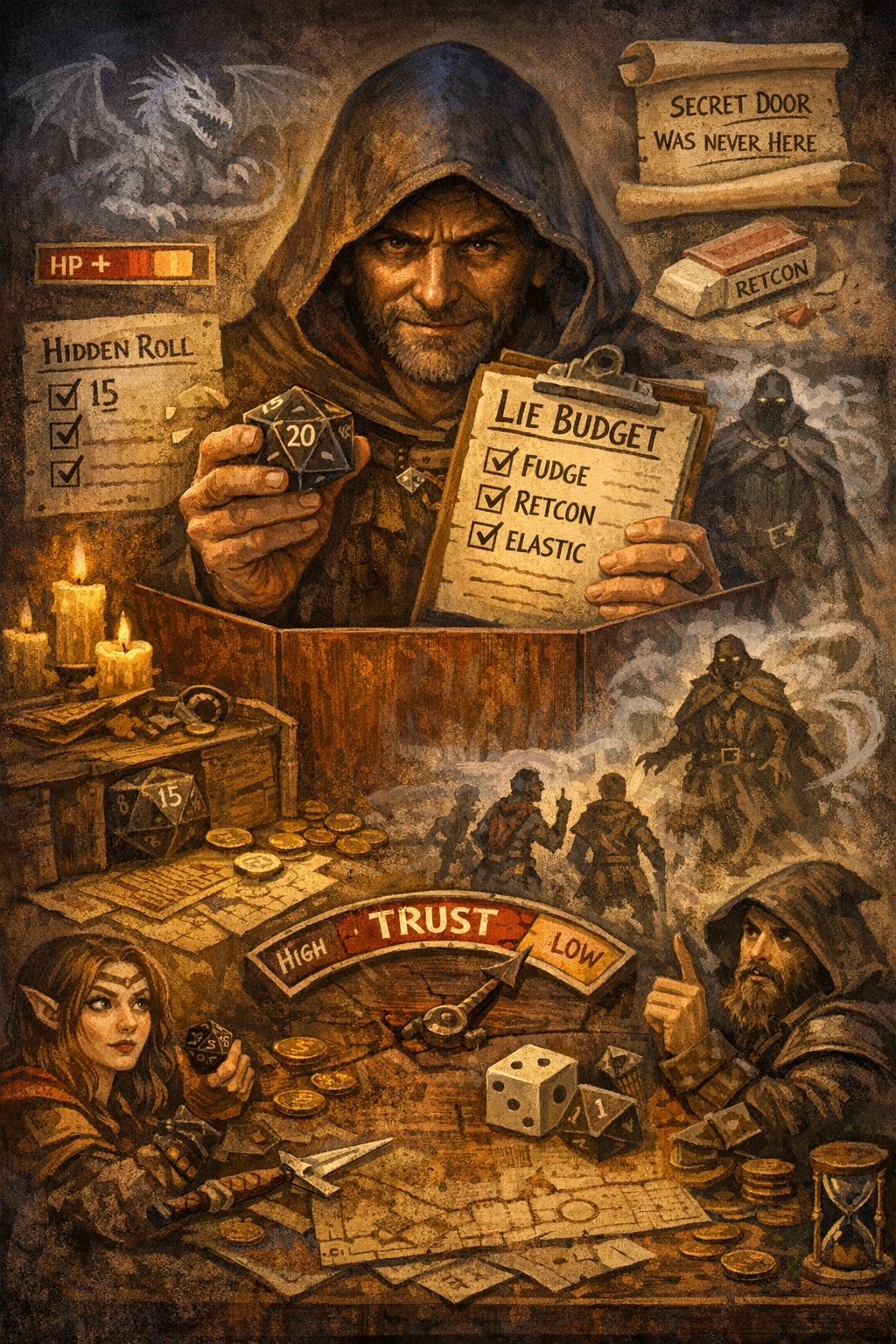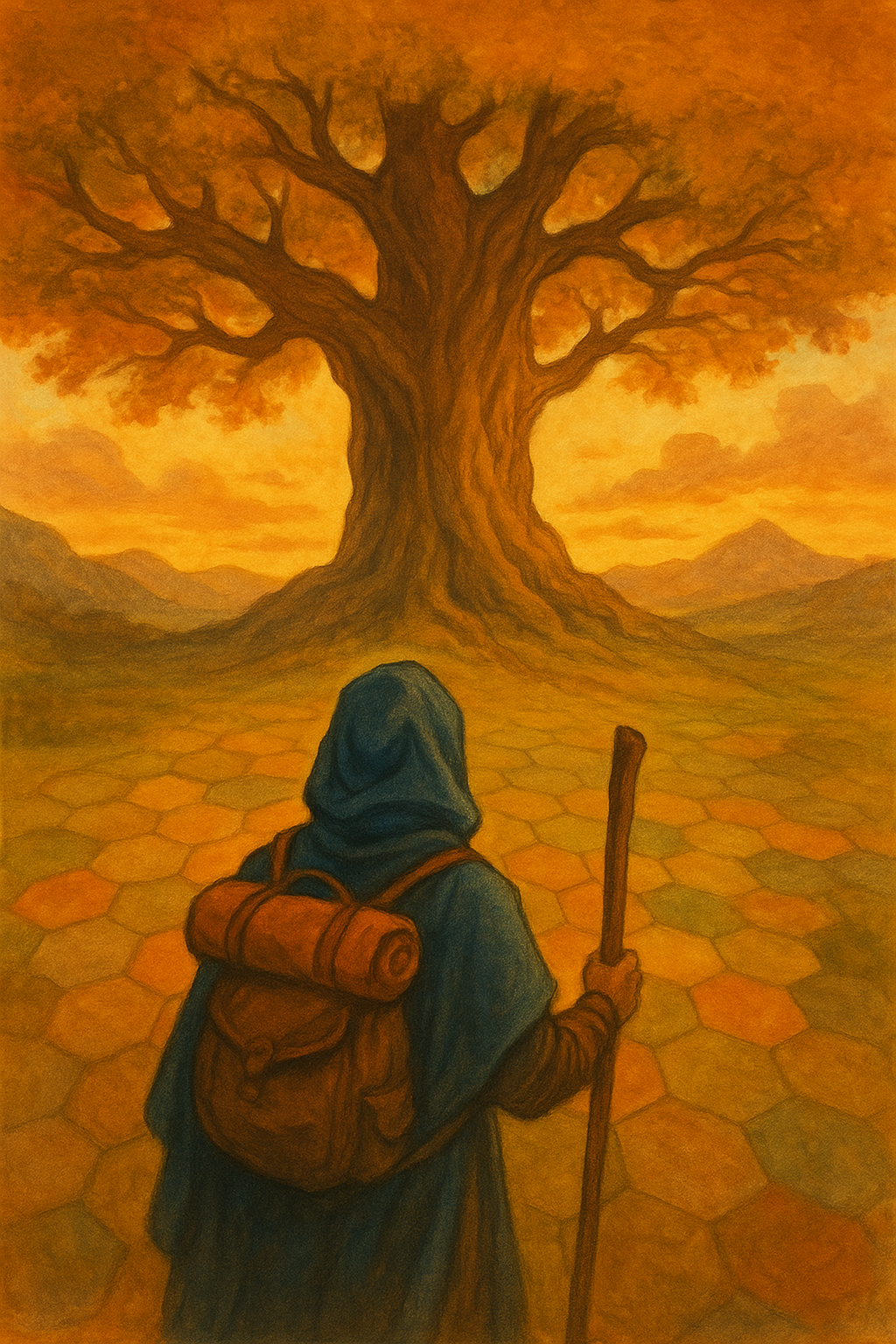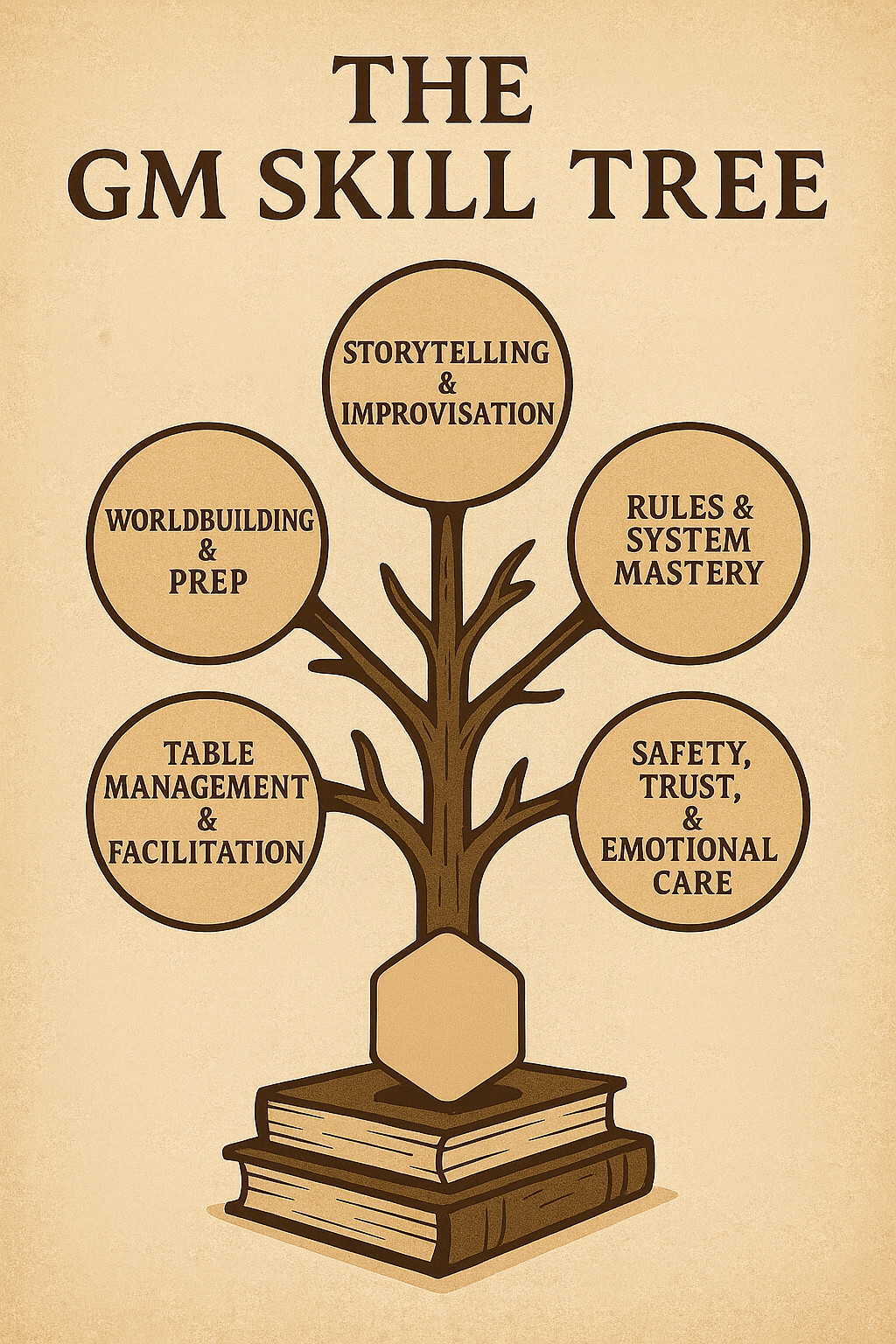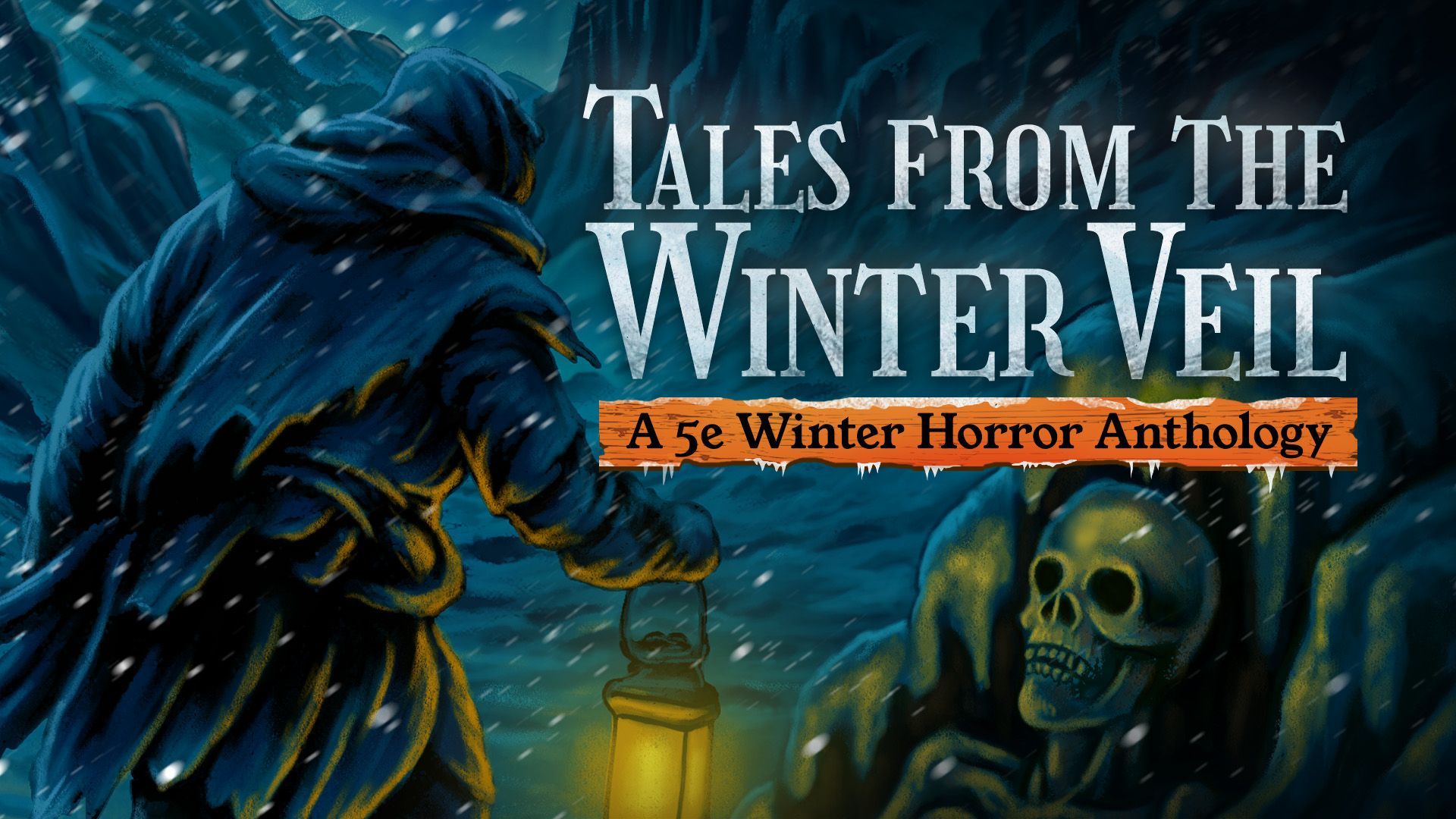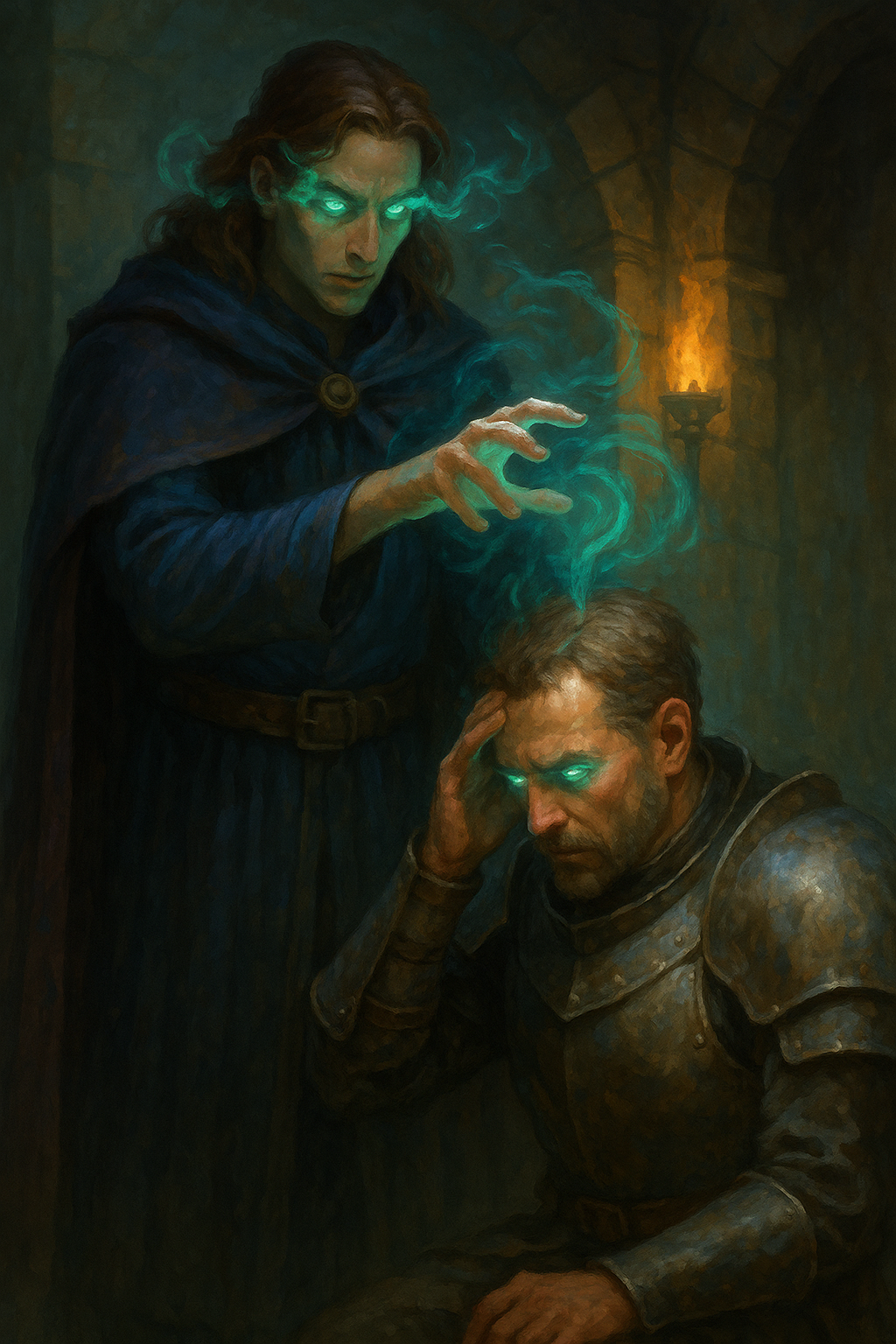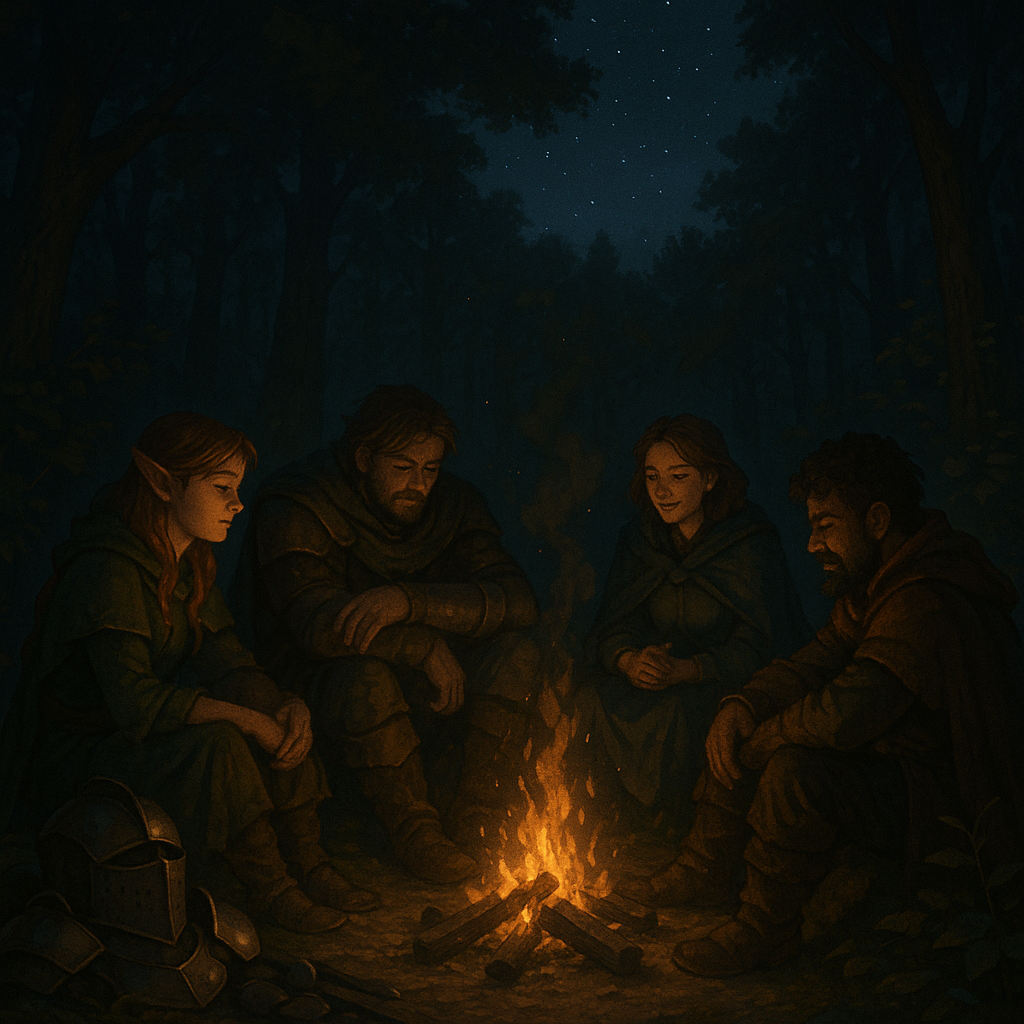Multi‑Generational Legacy Campaigns: Shifting Play Across Generations of Characters
"Well, I'm a 4th generation adventurer..."
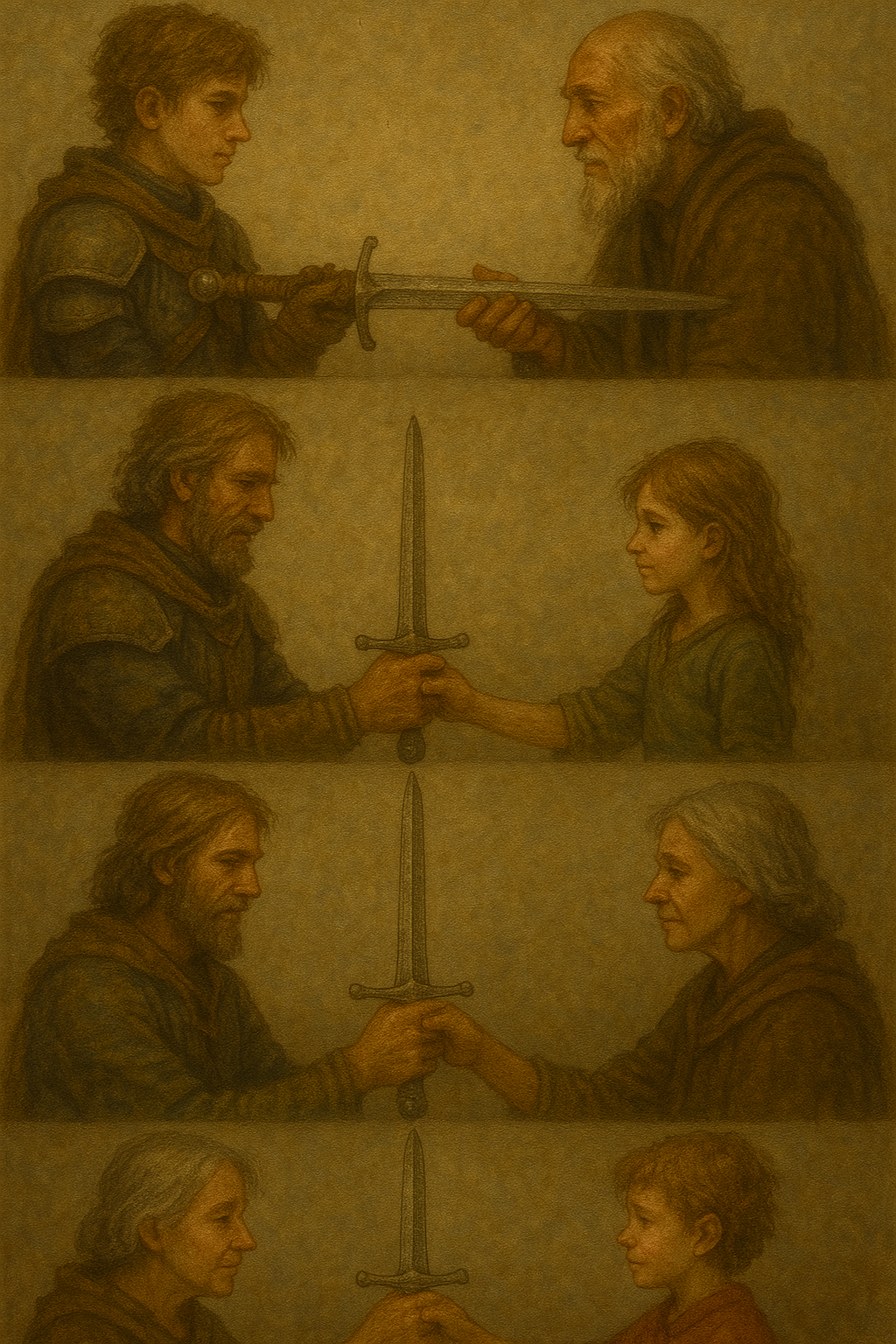
Dear Readers,
If you've ever wrapped a campaign and thought, "What happens to this world next?", you're not alone. Too often, incredible adventures end with a boss fight, a coronation, or a well-earned retirement—and then we close the book. But what if we kept going? Not with the same heroes, but with their descendants. Their students. Their legacies.
Welcome to Multi-Generational Legacy Campaigns — a method of storytelling where your world evolves and new characters take the reins, shaped by the choices and triumphs of those who came before.
The Big Idea
A multi-generational legacy campaign is exactly what it sounds like: a campaign that spans multiple generations of characters. Players might begin as bold adventurers, retire or perish, and then roll up their children, apprentices, or political heirs for the next arc. The game world becomes a living chronicle, where the consequences of old decisions ripple forward.
This approach transforms the game from a fantasy romp into something closer to an epic saga. Think The Silmarillion. Think The Godfather. Think Avatar: The Last Airbender – not just Aang's story, but Korra's continuation of the legacy.
Why Bother with Legacy Play?
There are real storytelling advantages:
- Depth: Players don’t just explore the world; they shape it, and then live in what they’ve made.
- Emotional Weight: It means more when your new character walks the halls your last one built.
- Long-Term Stakes: That corrupt treaty your bard signed 80 years ago? It now fuels the rebellion your new paladin fights.
- Endless Material: You never "run out" of story. You evolve it.
It also opens gameplay doors. Want to try political intrigue? Urban mystery? Dungeon delving? Warfare? You can rotate tones and genres with each generation.
The Benchmark: "The Game" by Robert A. Wardhaugh
Let’s talk about the gold standard.
Robert A. Wardhaugh's "The Game" is a Dungeons & Dragons campaign that has been running since 1982. That’s over 40 years of continuous play, spanning multiple generations of characters in a world so fleshed out it could rival published settings.
Wardhaugh's world includes hundreds of players, thousands of minis, and detailed maps representing the progression of civilizations, politics, and magic through time. He built an entire history of nations, dynasties, and conflicts — and all of it started with a small group of characters whose legacies shaped everything that followed.
Watching "The Game" in action shows what's possible when players and DMs commit to continuity and world development. It’s living proof that legacy campaigns aren’t just a novelty. They can be your main campaign for decades.
How to Start a Legacy Campaign
You don’t need 40 years of notes to pull this off. Here’s how to build one from the ground up or evolve an existing campaign.
1. Set the Foundation
Start your campaign normally. Focus on:
- Deep characters with long-term goals
- A world with evolving power structures
- Factions, noble houses, guilds, or religions that can persist
- Locations that can change: cities, keeps, ruins
Encourage players to think about how their characters want to be remembered.
2. Plant Seeds for Future Stories
Even in early sessions, drop ideas like:
- A prophecy that spans bloodlines
- An artifact tied to a family name
- A school or order founded by a PC
- Political arrangements with long-term consequences
Keep a timeline. Track who did what and when.
3. Build Time Into the Narrative
Eventually, have time pass:
- Between arcs (a few years)
- After retirement (decades)
- After a cataclysm (centuries)
Use narrative tools like:
- Letters from old PCs
- Journals, statues, or legends
- NPC descendants or political rivals
Suddenly the players' past choices come back, not as memories, but as history.
4. Roll Up the Next Generation
When it feels right (after a major arc or TPK), let players create:
- Blood relatives
- Adopted heirs
- Apprentices
- Ideological successors
Give them legacy perks: a family sword, estate, or name recognition.
Example: Your fighter died gloriously defending a bridge. His daughter now leads a city guard — armed with his shield, haunted by his decisions, and confronting a crisis born of the war he started.
Mechanics to Support Legacy Play
You don’t have to overhaul 5E. But a few tweaks help:
1. Legacy Boons
Hand out benefits to new characters based on old ones:
- Lineage Traits: If your ancestor was a master wizard, you start with an extra spell.
- Inherited Fame: Advantage on Charisma (Persuasion) checks in regions tied to your family.
- Cursed Legacy: Your ancestor angered a god. Guess who’s watching you now.
2. Living World Clocks
Track ongoing changes:
- Faction goals
- Political shifts
- Magical disasters
Use tools like faction clocks or kingdom turns (see "Strongholds & Followers" or "Kingdoms & Warfare" by Matt Colville).
3. Evolving Maps
Have a master map of the world. Update it between generations:
- Cities razed or renamed
- Forests replaced by farmland
- Monuments built to fallen heroes
Visual continuity is powerful. Nothing hits like realizing the ruins you just explored were once your old party's keep.
4. Cross-Generational Magic Items
Create items that grow with each generation:
- A sword that remembers its wielders
- A ring with embedded memories
- A grimoire that refuses to open for anyone outside the bloodline
These become living narrative tools.
Sample Campaign Structures
A. Three Generations, One Epic Conflict
Act I: Players are mercenaries caught in a regional war. They rise, claim land, and make peace… at a cost.
Act II: Their children serve the kingdom they helped build. Political intrigue, rebellion, and old secrets surface.
Act III: Grandchildren confront the true enemy — a force awakened by their ancestors’ meddling. Final confrontation.
B. The Academy Lineage
Act I: Founding students of a magic academy discover forbidden lore.
Act II: Their apprentices expand the school, but corruption spreads.
Act III: A magical plague erupts. The third generation must seal away the source — which includes destroying parts of their legacy.
C. The House of Blades
Act I: A noble house rises from obscurity after a battlefield miracle.
Act II: Political marriages, assassinations, and trade wars threaten everything.
Act III: An exiled heir returns with a claim and a secret army.
Character Creation Prompts
To build continuity, offer players these questions:
- Who is your ancestor?
- What part of their story do you know?
- What are you trying to live up to, or escape?
- What inheritance (item, reputation, debt) do you carry?
- What stories about the past are wrong?
These frame the new characters as part of something larger.
Roleplaying Across Generations
Legacy play invites powerful moments:
- Haunted by Family Deeds: A paladin bears the name of a tyrant-grandmother who once ruled the land.
- Fulfilling Prophecy: A rogue's bloodline was cursed to betray a kingdom. Can they break it?
- Repairing Reputations: A cleric tries to undo the damage their ancestor did to a divine order.
Let these arcs evolve organically. You don’t need to script it all. Just seed enough to let the story grow.
Telling Time
You can advance time subtly or dramatically:
- Soft Advancement: Each arc ends with a few years passing. New PCs grow up hearing legends of the old ones.
- Hard Jumps: Skip a century. Bring in a magical stasis chamber, or a time-warped ruin. Suddenly the world is alien.
Don’t be afraid to get bold. Time is a narrative device. Use it.
NPCs as Anchors
Even if the PCs change, keep a few consistent NPCs:
- Elves or other long-lived races
- Immortal entities, gods, liches
- Family retainers, historians, or cursed beings
They provide continuity. They remember. Sometimes better than the players.
Player Buy-In: Setting the Tone
Legacy campaigns work best when players are into it. Set expectations early:
- Characters will die or retire
- Story is larger than any one person
- Emotional investment will pay off
- Continuity matters
Encourage players to leave marks. Found towns. Write books. Build schools. These will be your future set pieces.
Challenges of Legacy Play (and How to Solve Them)
1. Too Much World-Building?
Fix: Focus on what's changed and what remains. You don’t need to rewrite everything.
2. New Players Joining?
Fix: They can play newcomers to the land. Or long-lost cousins. Give them a history to discover.
3. Continuity Overload?
Fix: Keep a wiki or shared document. Let one player be the historian.
4. Losing Attachment to Characters?
Fix: Let players say goodbye properly. Epilogues, monuments, even ghostly returns help.
Epilogues, Statues, and Songs
Every time you end a generation, mark it.
- Let the world remember the old heroes
- Let bards tell half-true tales
- Let the new generation walk through ruins of the past
These moments hit hard. They make the story feel vast and earned.
Example: A player returns to the crumbled tower their old wizard built 70 years ago. They find a talking owl familiar, still waiting. "He said you'd come."
Homebrew Rules for Added Flavor
Bloodline Mechanics
Each generation inherits a "bloodline trait." These can be small bonuses or complications:
- Fey-Blooded: Your ancestor made a pact. You gain +1 to Insight and disadvantage on saves vs charm.
- Battle-Tested: Trained in war. Start with an extra fighting style.
- Haunted Legacy: Ancestor betrayed a god. You start each session with a randomly cursed item.
Legacy XP
Characters earn "legacy XP" that passes on:
- For every major world-impacting act, earn 1 legacy point
- These can be spent in future generations on items, land, or faction favors
Community Legacy Campaigns
Want to take it further? Let multiple DMs run arcs in the same world. Each one builds on the legacy.
- A "world council" tracks events
- Players can cross between arcs
- Different generations can occur in parallel campaigns
This turns your table into a shared history, like a fantasy MCU.
Final Thoughts
Legacy campaigns transform your D&D experience from "a story" to a mythos. When you embrace generational play, you reward long-term investment, enrich your worldbuilding, and create something unforgettable.
Your characters matter not just for what they do, but for what they leave behind.
So let your adventurers grow old. Let them become legends. And then let the next generation pick up the pieces.
Until next time, Dear Readers...















